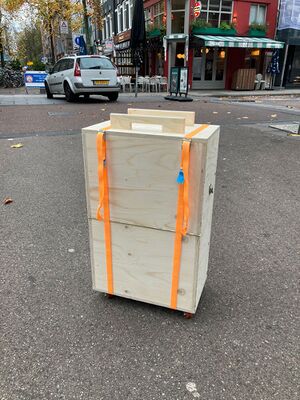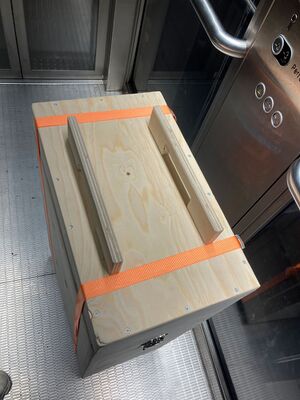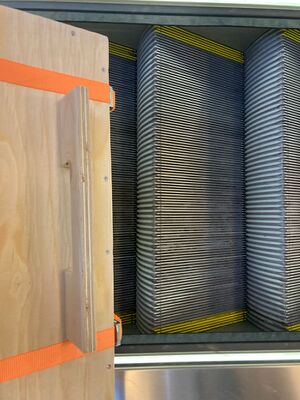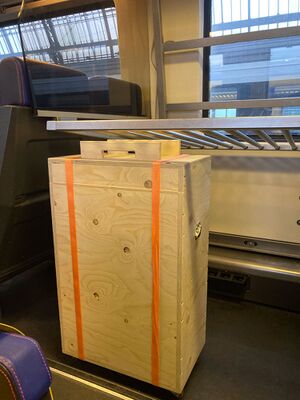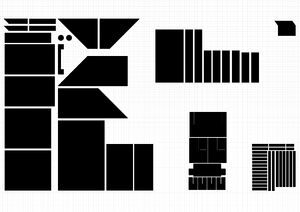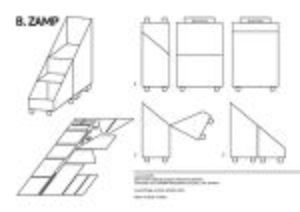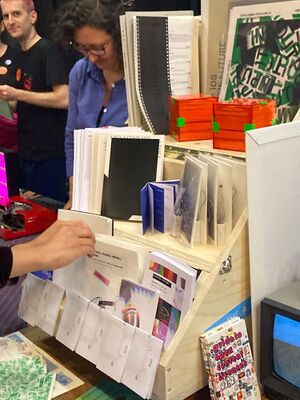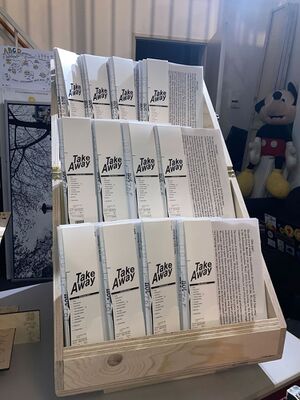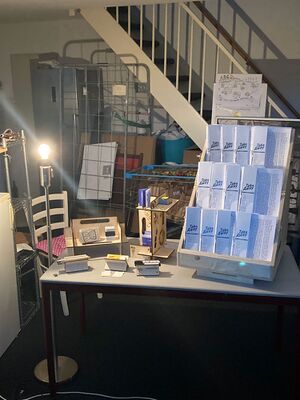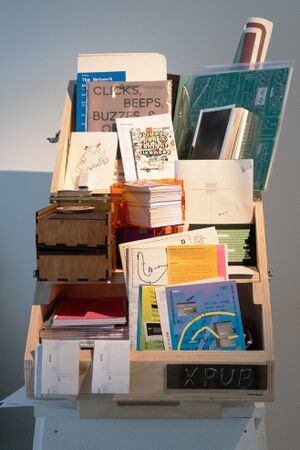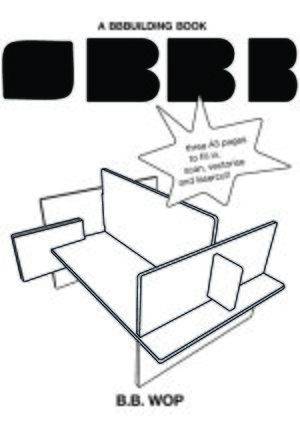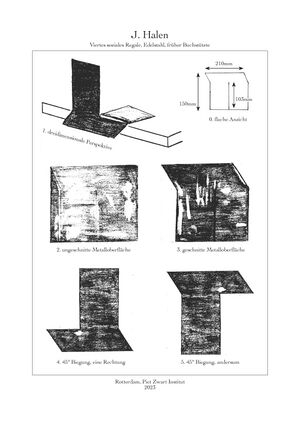The social shelves project
About
The social shelf project inquires how shifted perspectives in relation to materiality can produce alternative relationship between users/makers and small objects. In the context of social design, reciprocity between human and non-human actors is key. This bubble action uses the mundane space of a shelf as a material and conceptual constraint to initiate conversations with people and their direct surroundings, engaging them in new material processes.
The social shelf project in short: sustainable, economic, ‘transparent’ designs. An idealistic approach to making considering whether small designs made in contextual situations and for the local by the local can create new strategies for people to bond with their surroundings more empathetical relationship to objects can bring social change.
excerpt from Social Shelves: an Itstory
'The social shelf project is a two-fold investigation. First it aims to re-visit the mundane
space most individuals interact with on a daily basis: the shelf. In turn, with a new
acquired understanding of that space, it invites, you, the reader, to re-think your
relationship to objects both as potential users and makers.
N.B. This object is purposely referred to as social shelf and not simply "bookshelf" or
"shelf", as the object under study does not only function as a space for books or other
artefacts, but also as a physical trope for social structures and community building.
This project is a world-building experiment. Using non-human perspectives it attempts to
redefine what material thinking—broadly understood as the encounter of practice and
theory in artistic and design fields—can mean to anyone in and outside of those fields.
We, social shelves will talk to you, the reader, directly. Together we will investigate the
following question: How can a better understanding of socialised objects1 create
opportunities to affect the social design of tomorrow?
As part of the original case study for this theoretical investigation, material experiments
take place in parallel to the writing process. One month after the other, between 2022
and 2023 five social shelves have been prototyped, built, and trialled across different
locations in Amsterdam and Rotterdam, the Netherlands.'
1 The identification ‘socialised objects’ is a self-assigned term for artefacts that fulfil their true nature in relation to others. A term that could be compared in a human-field-theory to what Bruno Latour referred to as the anthropomorphism of an object, ‘which has human shape or that which gives shape to humans.’ (Latour, 1992, p.235).
Research
Five social shelves
B. Zamp
This social shelf has been manufactured to respond to the needs of transport and display of XPUB publications. The department's many appearances at different fairs and events need an object that can host varying size of publications produced within the master.
Technical Sheet
Suitcase mode
on the road 3 November 2022: market, elevator, escalator, train
